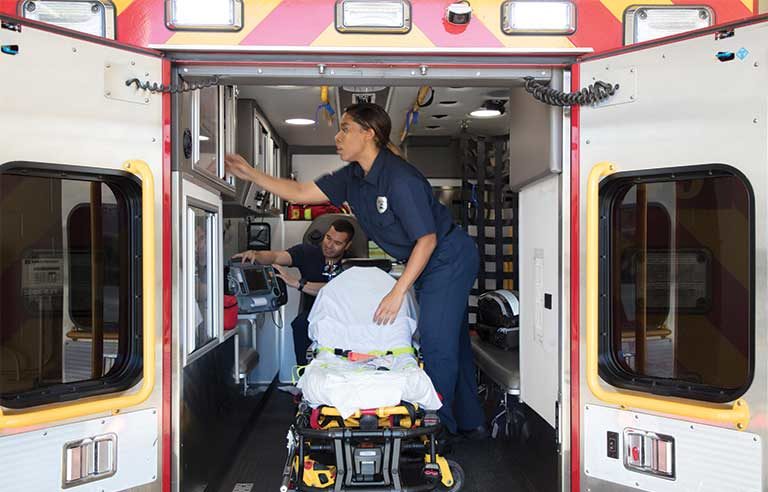Study shows EMTs in Arizona at higher risk for suicide; researchers develop resiliency website, training

Phoenix — A study of emergency medical technicians in Arizona shows they have a higher risk of suicide than the general public, according to researchers from the Arizona Emergency Medicine Research Center at the University of Arizona.
Reviewing more than 350,000 death records in the state from 2009 to 2015, the researchers found that EMTs had a 39 percent greater risk for suicide – likely because of work stress, shift work, repeated exposure to suicides and other tragedies, and a culture of not wanting to ask for help – according to a Sept. 19 press release from UA Health Sciences.
In 2014, the results of a National Registry of Emergency Medical Technicians survey showed that EMTs have a “10-fold incidence in suicidal ideation and suicide attempts.”
“These findings help move the discussion of EMT suicide beyond the anecdotal and personal experiences and adds hard data showing there is a problem that needs to be addressed,” Neil Vigil, researcher and medical student at UA’s College of Medicine, said in the release.
To help, Vigil and research associate Dr. Bentley Bobrow, associate director at AEMRC and professor of emergency medicine at UA’s College of Medicine, worked with the Arizona Department of Health Services to develop a website with educational materials and resources “to help build resiliency and reduce EMS suicide.”
The researchers tested the resiliency training with the Golder Ranch Fire District, near Tucson, AZ, and are attempting to incorporate it as part of the state’s EMS certification process, the release states.
“On the worst days of our life, we know that firefighters and EMS professionals stand ready to respond at a moment’s notice, even at the risk of their own personal safety,” Vigil said. “They are community heroes who sacrifice an incredible amount to be there for us in our time of need. I feel that it’s our community’s duty to help identify and minimize the risks associated with their service.”
The study was published online Sept. 14 in the journal Prehospital Emergency Care.
Post a comment to this article
Safety+Health welcomes comments that promote respectful dialogue. Please stay on topic. Comments that contain personal attacks, profanity or abusive language – or those aggressively promoting products or services – will be removed. We reserve the right to determine which comments violate our comment policy. (Anonymous comments are welcome; merely skip the “name” field in the comment box. An email address is required but will not be included with your comment.)

